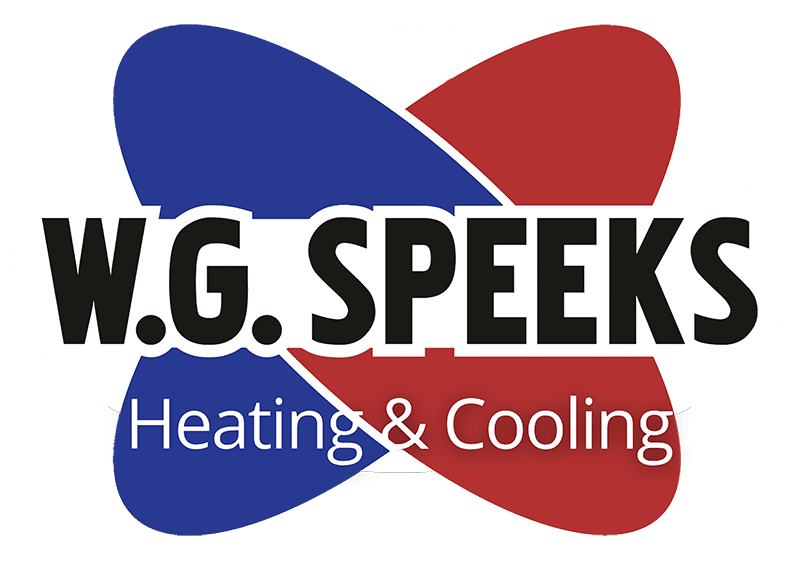
One of the best things about Virginia is the history. No matter where you go, you’ll find something that has a great story — including the area’s historic homes. Were you lucky enough to find one? If so, you probably want to do everything you can to protect it.
Older homes can be drafty and weren’t designed to accommodate modern HVAC systems. As a result, you might be wondering about how to stay warm while preserving the original construction and detailing. In this blog post, we’ll offer some suggestions for great heating options for historic homes.
Things to Consider
Before you start planning anything, it’s best to gather information. This is especially important if you’re thinking about modifying an historic home. Once you’ve made changes, you can’t go back, so consider the following and save yourself from potential heartache and headaches.
- Ductwork — you’ll need to have your home’s existing ventilation system inspected. Older ductwork may be incompatible with modern HVAC units and, more than likely, will be less efficient than anything on the market today.
- Speed Options — Modern furnaces offer homeowners a two-stage blower, while it was more common for older furnaces to have just one speed. It’s best to find out what is currently installed in your home.
- Fuel Type — Older homes were generally heated using oil. You can certainly stick with this, however, making the switch to natural gas can save you a lot of money.
Of course, you’ll also want to find out if your home is protected under historic preservation rules. The last thing you want is for your home improvement project to be in violation of any protective measures. Contact your local historic society or county authorities in case you need approval before renovating.
Mini-Duct Forced Air System

If you’re looking for an option that provides for minimal disruption, consider the mini-duct forced air system, widely known as the Unico system. While mini-ducts are most commonly used for air conditioning, they can also work with an electric furnace to provide heating.
The vents for mini-duct units are typically in the ceiling which allows historic home owners to protect the walls and framing. Unlike the usual large, solid ductwork associated with modern HVAC systems, the mini-duct relies on flexible tubing that can be snaked around obstacles, preventing unwanted damage to a home’s structure.
Updated Fireplace
Many old homes will have an existing fireplace which can be updated to provide warmth in the cooler months. With efficiency and environmental concerns in mind, homeowners can opt to retrofit existing fireplaces with inserts that allow for electric, gas, and wood-burning use.
Whether it’s faux flames or actual wood fire, modernizing a fireplace retains the traditional cozy feel of a historic home without sacrificing comfort. Best of all, some inserts will continue to provide much-needed heat in the event of a power outage!
Hot Water and Steam Radiators

Many historic homes in Virginia have traditionally been heated by radiators. While some might be noisy, they provide generous heat, were easy to install, and definitely added character to a home. Of course, as HVAC systems increased in popularity starting in the 1960s, the radiator faded away.
Recently, there has been a resurgence in their popularity, with many enjoying the decorative value of an antique radiator. If your historic home was heated by hot water and steam radiators, you can restore and refinish them or you can opt for one of the more efficient new styles that may be a little flatter, but are designed to capture the look and charm of the original.
Radiant Floor Heat
After World War II, embedding hot water pipes into a home’s flooring became popular. While radiators and registers provide fixed-point heating, many prefer the encompassing warmth of radiant floor heat. Although early installations were susceptible to leaks, reliability has improved greatly over the years.
Easy to install under different flooring types, including wood and tile, today’s radiant heat is provided by electric and/or hydroponic panel systems. This is a great option for historic homes if the flooring needs to be replaced.
Modern Forced Air
For more than 50 years, forced-air has been the preferred heating and cooling system for new homes. Installing a modern HVAC unit into a historic home, however, is a major undertaking. Not only will homeowners need to find technicians who specialize in this type of work, but they should also anticipate significant damage to the home’s original structure.
However, older homes that have both a basement or an attic may have an easier time making the transition. Again, it’s important to consult with the local historic society to ensure that no major renovations take place without approval, but this can often be the easiest route when it’s an option.
Speak to a Professional
When updating the heating system in your historic home, you’ll want to choose your timing wisely. Keep in mind that any modifications can impact the integrity of the walls, flooring, and roof so it’s best to address your heating and cooling needs early in the renovation process.
Before you begin planning, speak to a professional. W.G. Speeks offers a free consultation and our NATE-certified technicians are on hand to provide guidance and excellent customer service. Contact us today — We’re here to help!
